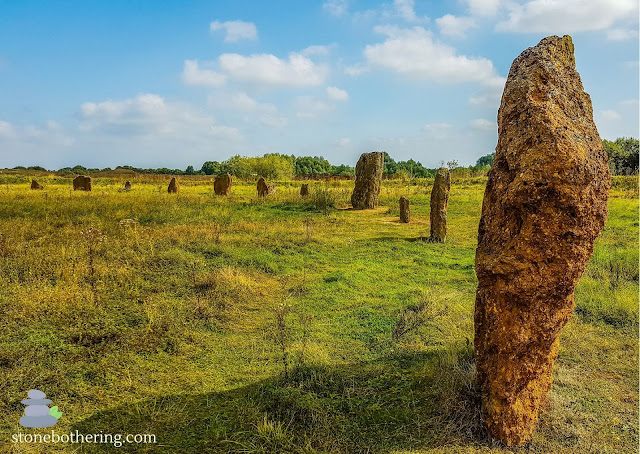Unveiling the History of Flagstaff Hill in Somerset
Nestled in the picturesque landscapes of Somerset, Flagstaff Hill is a treasure trove of history, nature, and geological wonders. This elevated landmark not only offers breathtaking views but also serves as a silent witness to centuries of human activity and natural change. In this blog post, we’ll explore the fascinating stones of Flagstaff Hill and the rich history that has shaped this iconic site.
The Geological Marvels of Flagstaff Hill
Flagstaff Hill is primarily composed of local limestone, a sedimentary rock that has formed over millions of years from marine deposits. The unique geological features of the hill, including its rugged outcrops and varied textures, tell a story that dates back to the Jurassic period when this region was once covered by a shallow sea.
The stone itself is not just an inert material; it has played a crucial role in the local environment and human history. The limestone formations are home to diverse flora and fauna, making it a hotspot for biodiversity. Local farmers have long utilized the surrounding land for agriculture, capitalizing on the fertile soil derived from the weathering of these rocks.
Historical Significance
Flagstaff Hill has served various purposes throughout history. Evidence suggests that the area has been inhabited since prehistoric times. Archaeological finds, including flint tools and pottery shards, point to the presence of early human activity. These ancient peoples likely recognized the strategic vantage point of Flagstaff Hill, using it as a lookout and gathering place.
The Military Connection
Fast forward to the 19th century, when Flagstaff Hill became a significant military site. During the Napoleonic Wars, the hill was strategically important for monitoring the surrounding areas. A flagpole was erected to signal messages to nearby military installations, and the hill became a lookout point for troops. This military connection is where the name "Flagstaff" originates, a nod to the flag that once flew high above the hill.
.jpg)
.jpg)

